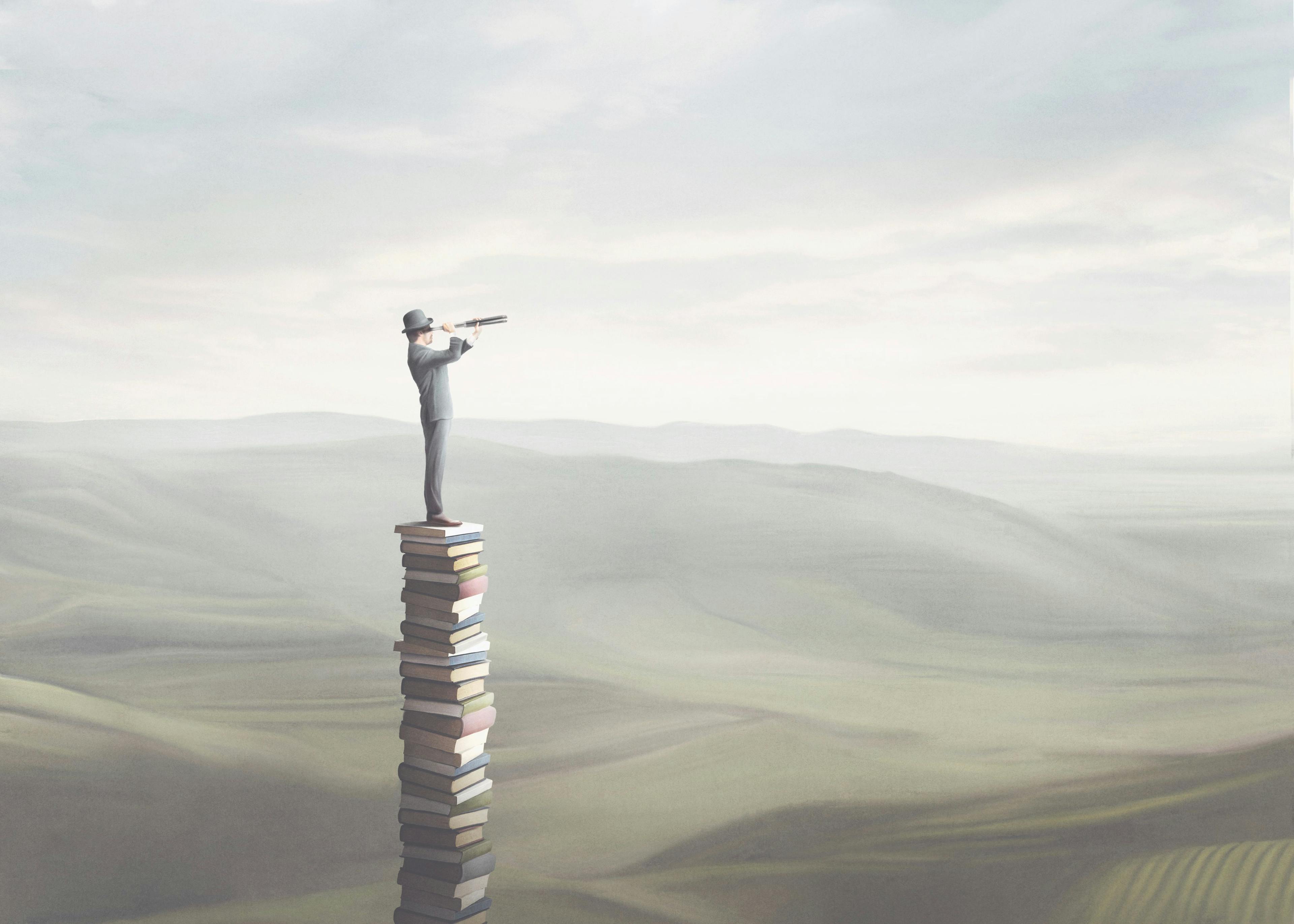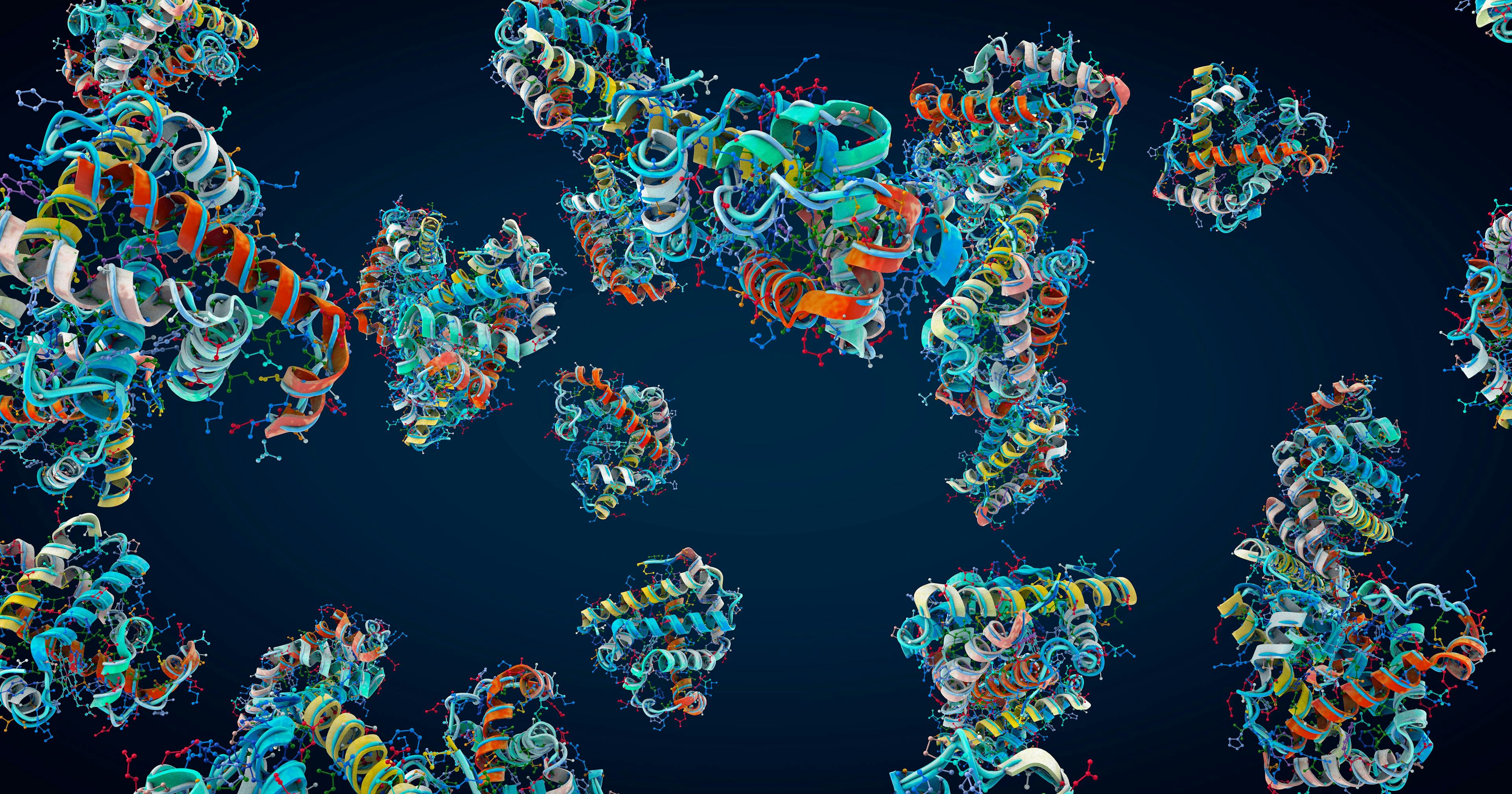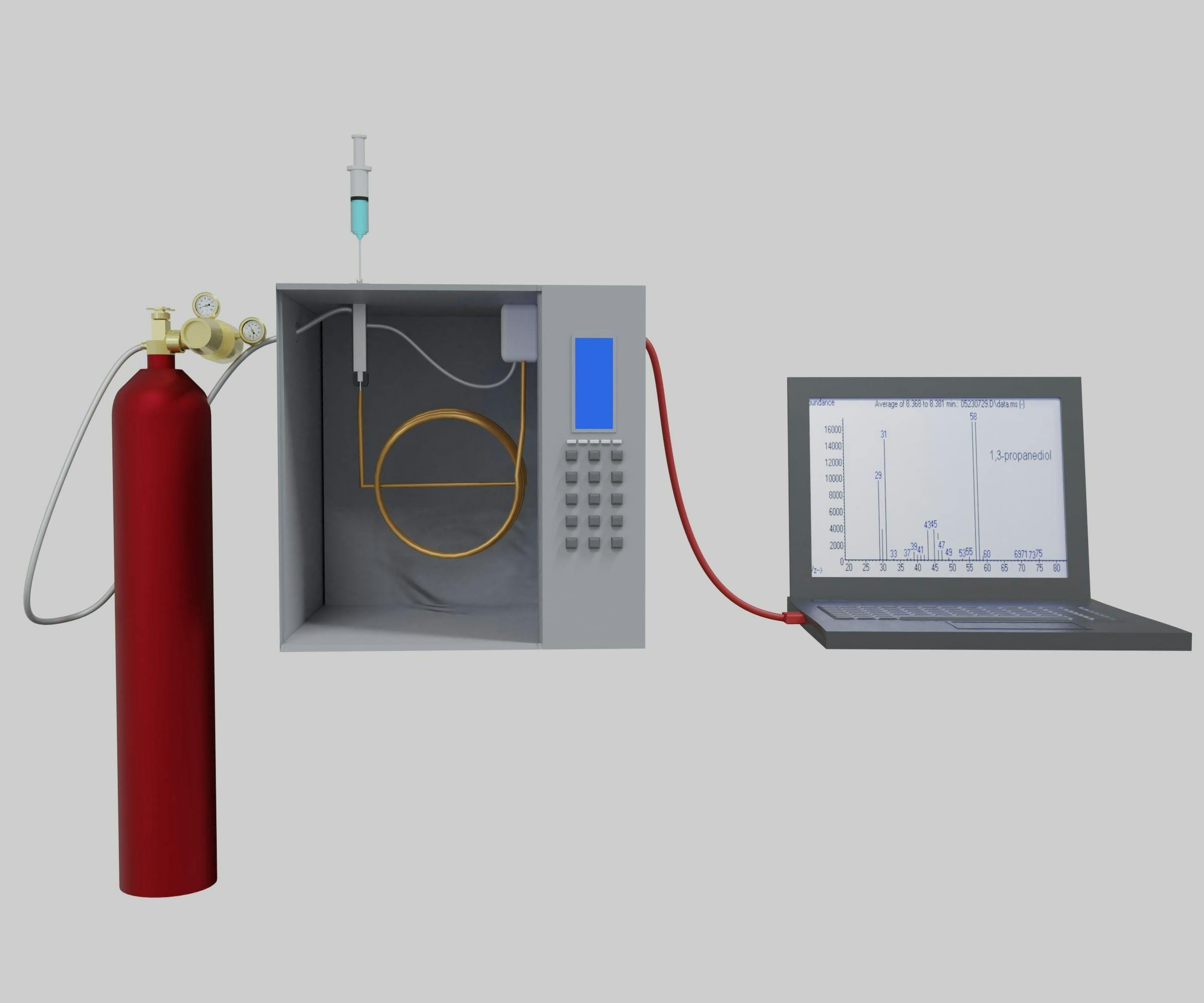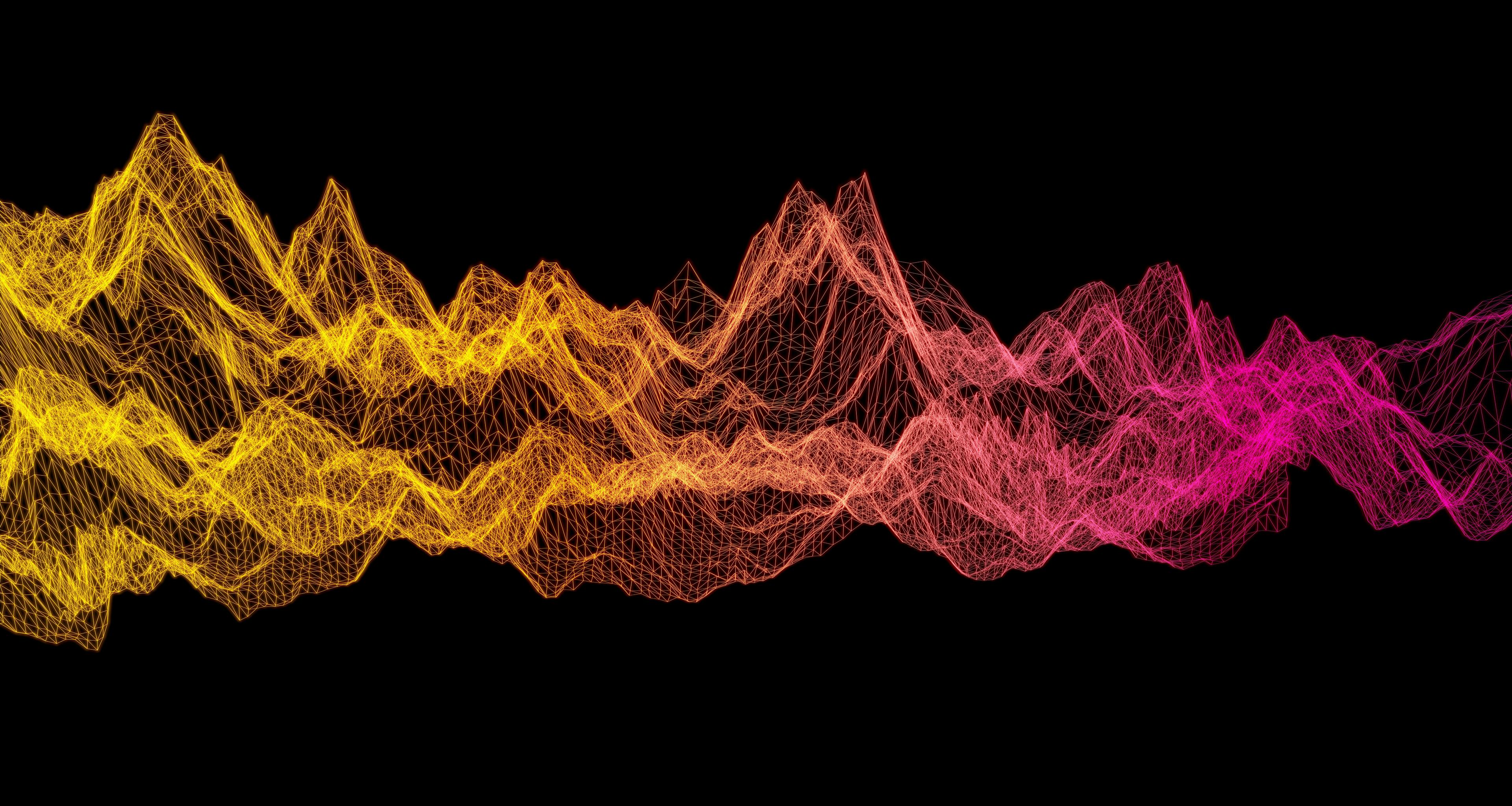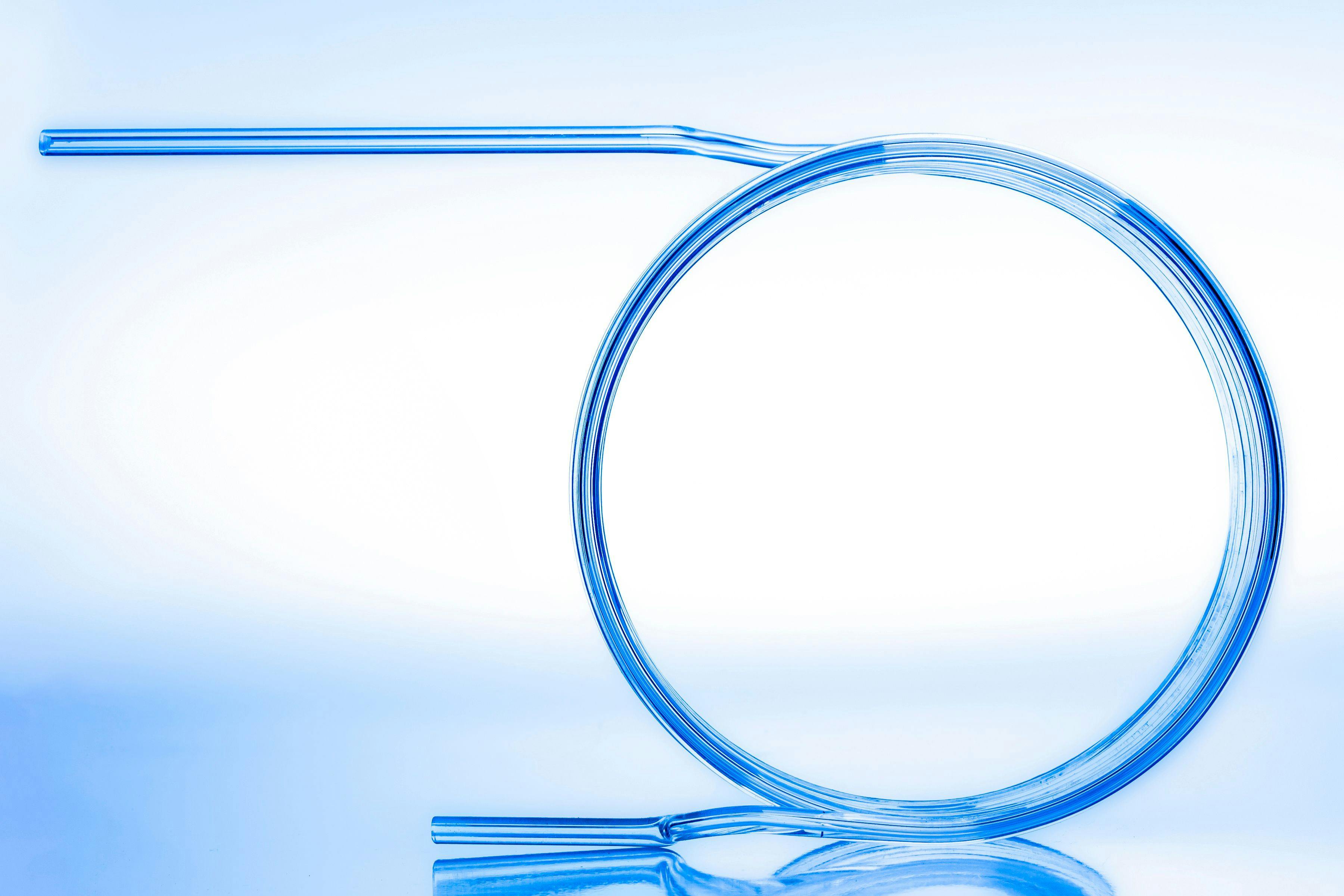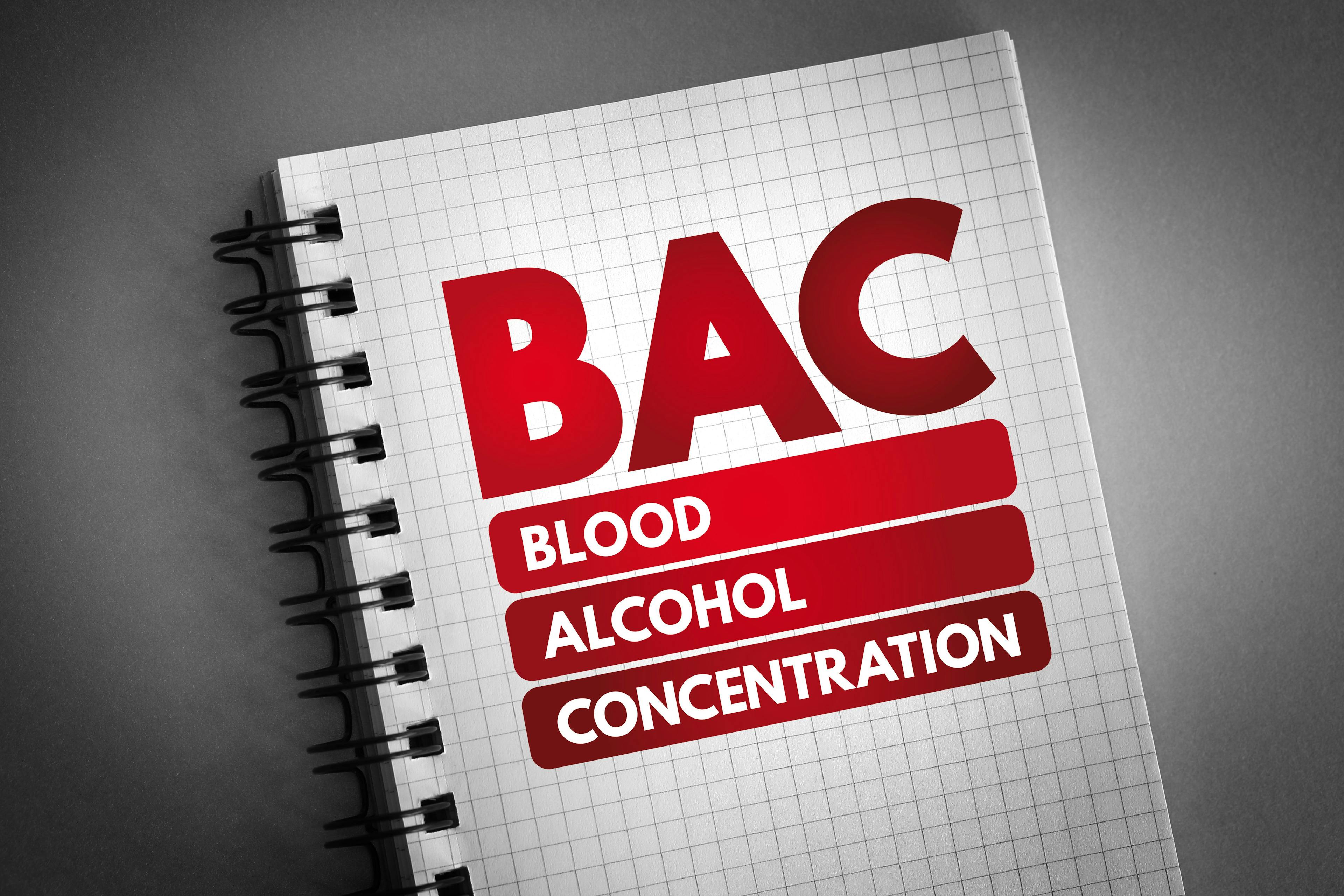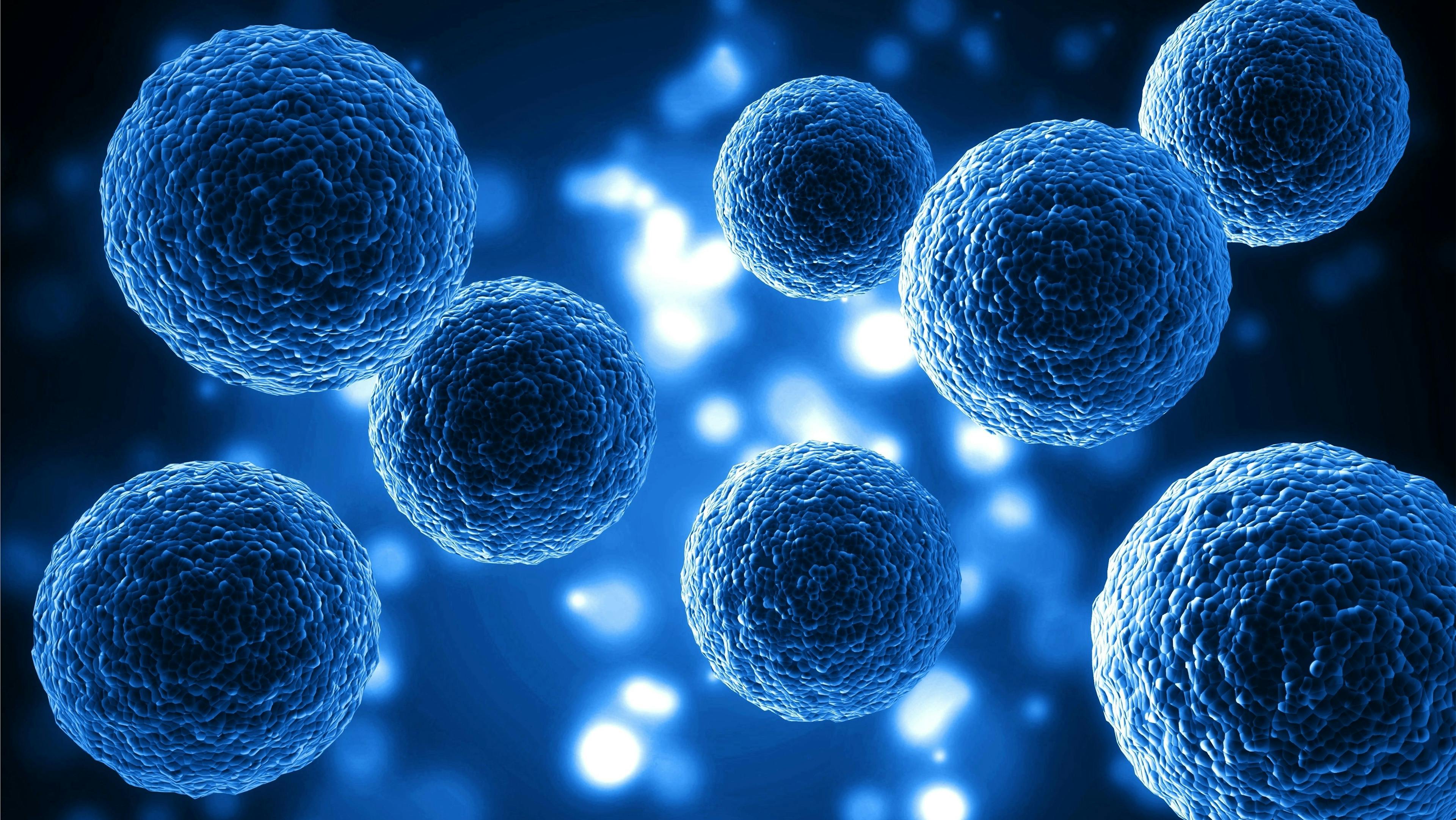From the Editor: Solving Tomorrow’s Challenges
As we celebrate the 40th year of LCGC, we are thinking not about the past, but about the future. The field of chromatography has made incredible advances during the lifetime of LCGC, and we believe that we have contributed, in our way, by facilitating the sharing and cross-fertilization of ideas that are essential for innovation. The vital questions, however, look forward. What’s next? What’s possible? Where can we push the limits, and break through to something new? How can separation science enable breakthroughs in other fields, like disease research and environmental science? In this issue, 13 leading analytical chemists help us explore those questions by presenting their approaches to solving the challenges of today and tomorrow, and sharing their visions for the future.
When we think about the future of chromatography, one area of focus is naturally the design of liquid chromatography (LC) columns. Jim Grinias proposes reconsidering the van Deemter equation. Taking a dimensional approach to the equation, he says, can guide improvements in future LC column designs, and can also help teach chromatography. For his part, Ken Broeckhoven considers whether the future of LC columns—including those made by 3D printing—requires a more drastically new approach.
Considering the future of LC more broadly, beyond columns, naturally leads to discussions of two-dimensional LC (2D-LC). Dwight Stoll, in his contribution, focuses on the need to make method development for 2D-LC accessible to more users. Thus, he advocates for increased development of modeling and simulation tools for 2D-LC like those that led to vast improvements in method development for one-dimensional separations.
Phil Marriott and Rob Synovec are also excited about the power and future of multidimensional separations. They of course, each emphasize the role of comprehensive two-dimensional gas chromatography (GC×GC).
Jared Anderson, in turn, looks to the need for cross-disciplinary efforts, such as with the field of materials science, and for turning to the next generation of leaders, who, he hopes, can take us not only into new areas of innovation but also onto paths that put greater emphasis on green chemistry. Gongke Li sees an urgent need for innovation in sample preparation, with integration strategies as one route toward the solution.
Other contributors address how separation science is helping advance other fields of science. Dan Armstrong believes dis- ease research can make critical advances through chiral analysis focused on D-amino acids. Chiral separations are also on the mind of Laura Blue, who seeks mixed-mode columns capable of simultaneous chiral and achiral separations, to improve impurity profiling and reduce testing workload in the pharmaceutical industry. Similarly, Pete Yehl underscores the need for LC approaches that can address multiple attributes of drugs and drug delivery systems, to match the fast pace of drug development of today, and the presumably faster pace of tomorrow.
Ryan Kelly is excited about what we can see today inside single cells, but knows we need new solutions to push the limits further. The frontier, from his perspective, is inside us, and it’s very, very small. Diana Aga, on the other hand, though analyzing trace-level compounds, is thinking about the role of separation science in how we evaluate broad trends in human disease, addressing both the challenges, as well as the opportunities, of wastewater-based epidemiology. Kevin Schug is concerned about another aspect of analyzing what we consume, pointing to the glaring need to improve the quality of blood alcohol concentration analysis being conducted in many forensic laboratories.
These contributions emphasize a range of techniques and problems, reflecting the varied scientific interests of our contributors (a pool that was deliberately weighted to North America, in light of the coming 35th anniversary issue of LCGC Europe). This diversity of focus is critical; only by taking on problems on many fronts we will find the solutions of tomorrow.
At the same time, what these scientists share is just important: a vision for tackling critical challenges in both the fundamentals and applications of separation science—accompanied by the confidence and the passion to make it happen.
It’s sharing in that passion, and sense of purpose, that makes our own role in this space fulfilling. Here’s to the next 40 years.

Laura Bush is the editorial director of LCGC North America and Spectroscopy. Direct correspondence to: lbush@mjhlifesciences.com.
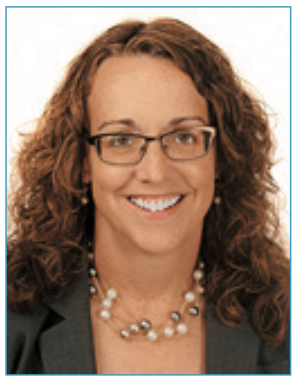

The 2025 Lifetime Achievement and Emerging Leader in Chromatography Awards
February 11th 2025Christopher A. Pohl and Katelynn A. Perrault Uptmor are the winners of the 18th annual LCGC Lifetime Achievement and Emerging Leader in Chromatography Awards, respectively. The LCGC Awards honor the work of talented separation scientists at different stages in their career (See Table I, accessible through the QR code at the end of the article). The award winners will be honored during an oral symposium at the Pittcon 2025 conference held March 1-5, in Boston, Massachusetts.
USP CEO Discusses Quality and Partnership in Pharma
December 11th 2024Ronald Piervincenzi, chief executive officer of the United States Pharmacoepia, focused on how collaboration and component quality can improve worldwide pharmaceutical production standards during a lecture at the Eastern Analytical Symposium (EAS) last month.





